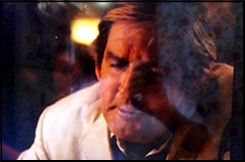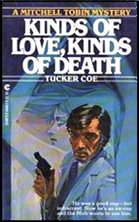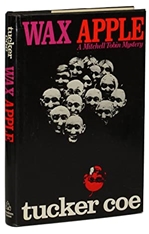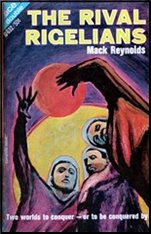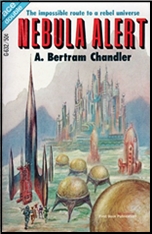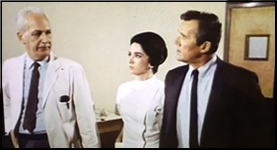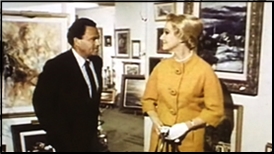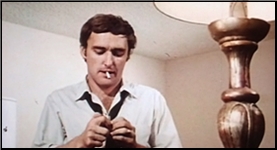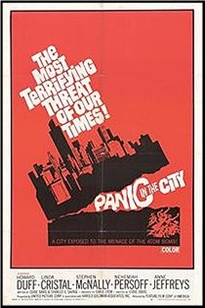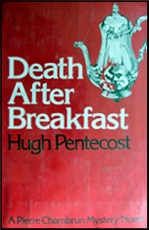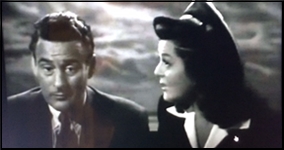Fri 18 Dec 2020
PI Stories I’m Reading: JAMES A. LAWSON “Hard Guy.â€
Posted by Steve under Pulp Fiction , Stories I'm Reading[3] Comments
JAMES A. LAWSON “Hard Guy.†Short story. “Hard Guy†Dallas Duane #1. First published in Spicy Western Stories, March 1937. Collected in Dying Comes Hard (Black Dog Books, softcover, 2015) under the author’s real name, James P. Olsen. Introduction by James Reasoner.
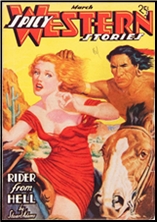
“Hard Guy†Dallas Duane was an oil range troubleshooter in the 1930s, a fact that fully qualifies him as a PI. His adventures took him all over Oklahoma and Texas, often working undercover. And under the covers, too, which you will have already recognized for yourself if you saw that this first one was published in Spicy Western, a pulp magazine which took its title very very seriously.
This first of 20 adventures has Hard Guy tracking down the killer of the local county attorney, all the while beating himself up for being tricked into being in the arms of very friendly saloon singer by the name of Nancy. Then follows ten pages of non-stop action, punctuated by the stops to wonder over the pulchritudinous delights of both Nancy and another girl named Kate, both of whom look very good, even with their clothes off, and even while less frequently with them on.
Great literature this is not, as a wise man once told me, but if that wise man never read this story, I’m one up on him. I just did! And note this: the Black Dog collection collects all twenty of Hard Guy’s recorded adventures.


